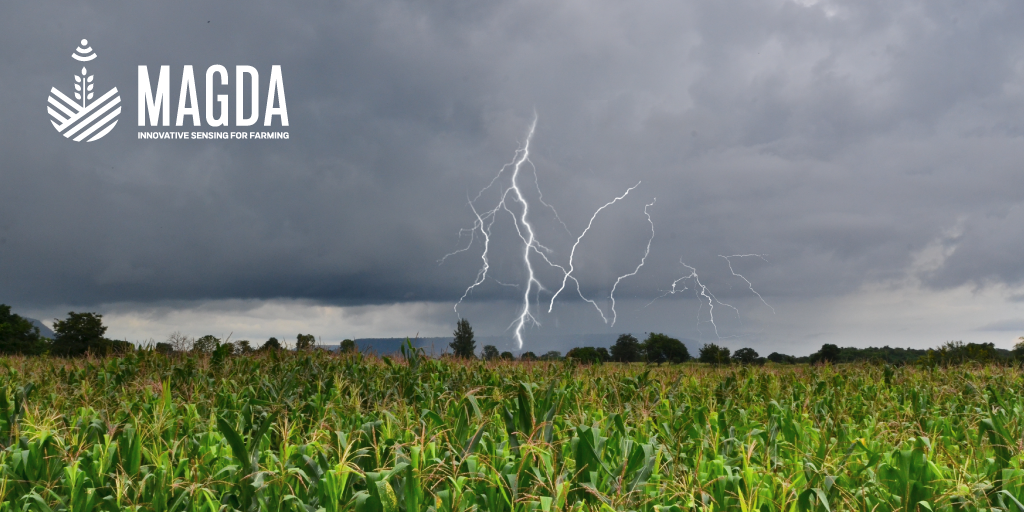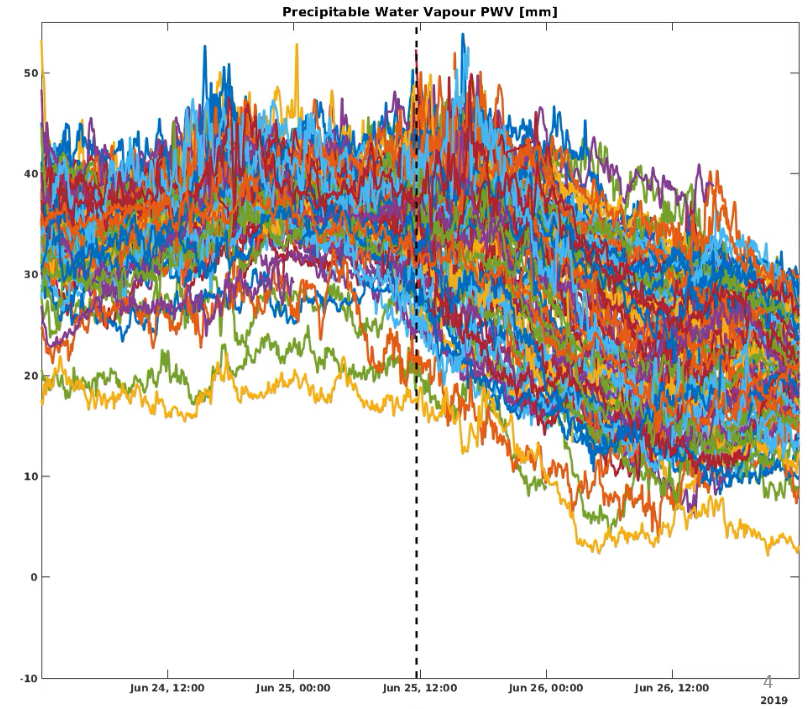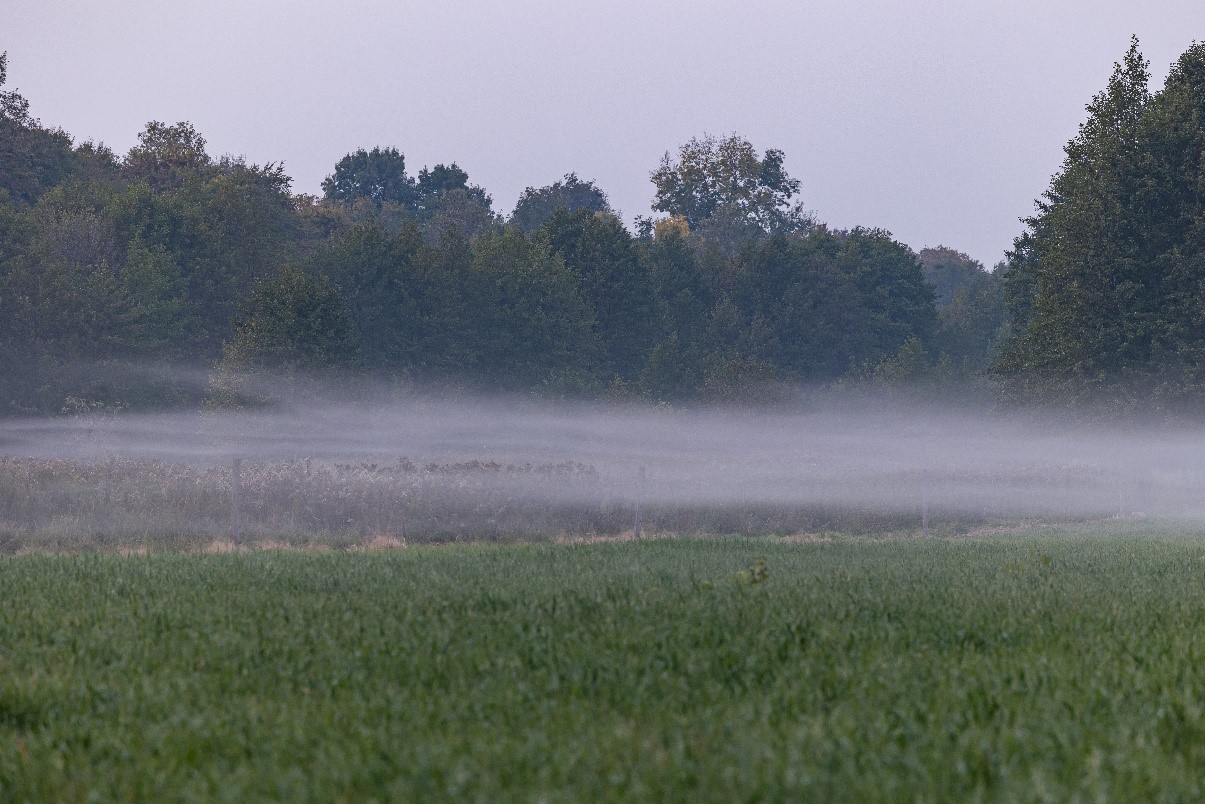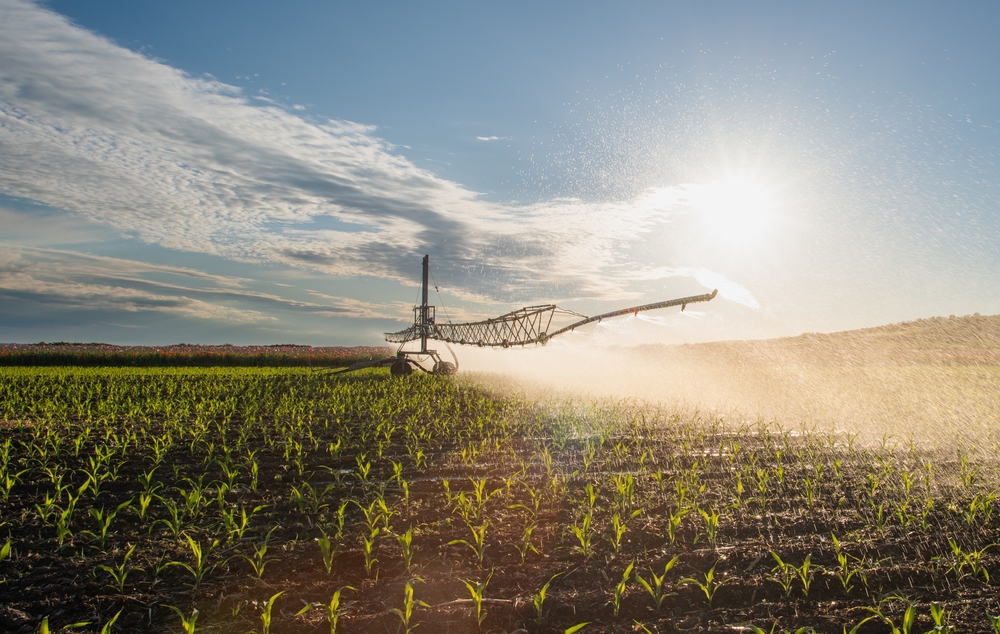
Meteomatics Launches US1k: A High-Resolution Weather Model with Game-Changing Potential
Cover image: Athapet Piruksa/Shuttertsock.com
Meteomatics, a Swiss pioneer in weather technology, has launched the US1k—an ultra-high-resolution numerical weather prediction (NWP) model covering the contiguous United States at a 1-kilometer resolution. This cutting-edge development marks a major leap in the ability to forecast local weather phenomena, offering promising benefits for sectors such as agriculture, energy, aviation, and emergency management.
What Makes US1k Stand Out
Traditional global weather models typically operate at resolutions of 9 km2 or more, which limits their ability to capture highly localized atmospheric events. In contrast, US1k zooms in on weather systems at a street-level scale, offering detailed insights into phenomena like convective storms, fog formation, and urban heat islands.
Built on Meteomatics’ MeteoWeather platform and running hourly, the US1k provides granular forecasts that are refreshed more frequently than standard models. This creates new possibilities for businesses and governments needing accurate, high-resolution forecasts to make better operational and safety decisions.
Integration with Meteodrone Data
A distinguishing feature of Meteomatics’ approach is the possibility to integratate data collected by their proprietary Meteodrones into its 1k models — EURO1k and US1k. Meteodrones are specialized unmanned aerial vehicles designed to gather atmospheric data up to altitudes of 6 kilometers. They efficiently collect information on temperature, humidity, air pressure, and wind speed, both during the day and night. This data is seamlessly incorporated into high-resolution weather models, ensuring that local atmospheric conditions are accurately represented in forecasts.
One of the major innovations behind Meteomatics’ modeling in Europe is the integration of Meteodrones’ real-time vertical atmospheric data. In Europe, particularly in Switzerland and Norway, networks of Meteodrones will soon actively feed high-resolution vertical data into Meteomatics’ EURO1k model. This drone-enhanced data significantly improves the initialization of weather models, leading to more accurate forecasts—especially for short-term, localized weather phenomena.
Implications for Various Sectors
The enhanced accuracy of the US1k mode holds significant implications for various sectors:
Agriculture: Farmers can utilize precise temperature and precipitation forecasts to optimize planting and harvesting schedules, thereby improving crop yields and reducing losses due to unforeseen weather events.
Energy: Energy providers can better anticipate demand fluctuations and manage resources efficiently, particularly in the context of renewable energy sources like wind and solar power, which are weather-dependent.
Transportation: Accurate weather forecasts enable safer and more efficient route planning for aviation and maritime operations, reducing delays and enhancing safety measures.
Emergency Management: Improved forecasts facilitate proactive disaster response strategies, allowing authorities to issue timely warnings and coordinate relief efforts effectively.
Author: Akemi Narindal-Aoki, PhD
Links
Keywords
Meteomatics, Meteodrones, weather drones


